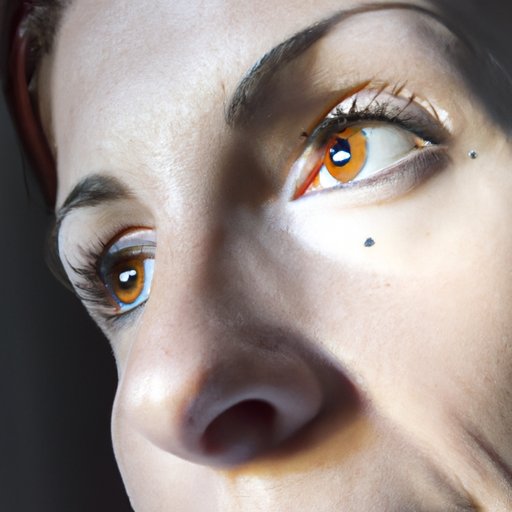Title: Unmasking Radiance: Dermatologists’ Best Kept Secrets for Tackling Hyperpigmentation
As a practicing dermatologist, I often encounter patients who are battling with hyperpigmentation. This common, usually harmless condition, causes patches of skin to become darker than the surrounding skin due to an excess of melanin, the brown pigment that produces normal skin color. Hyperpigmentation can affect anyone, regardless of skin color or age, and can be caused by sun damage, inflammation, or other skin injuries, including those related to acne vulgaris.
The good news is that hyperpigmentation is treatable, and today I will share some of the best-kept secrets in the dermatology field for tackling this issue.
Firstly, it is crucial to understand that prevention is better than cure. Sun exposure is one of the leading causes of hyperpigmentation as it triggers the production of melanin. Therefore, wearing a broad-spectrum sunscreen with an SPF of at least 30 every day, even when it’s cloudy, is a must. This not only prevents hyperpigmentation but also slows down the aging process.
Secondly, topical treatments are often the first line of defense against hyperpigmentation. These include creams, lotions, gels, or serums that contain active ingredients like hydroquinone, retinoids, kojic acid, azelaic acid, or vitamin C. These ingredients work by inhibiting the enzyme tyrosinase, which is essential for melanin production.
Hydroquinone is considered the gold standard in treating hyperpigmentation. It is a strong inhibitor of melanin production and can be used in concentrations of 2% over the counter or up to 4% with a prescription. Retinoids are derivatives of vitamin A and are known for their ability to speed up skin cell turnover and reduce melanin production.
Vitamin C is a potent antioxidant that can neutralize free radicals, which can trigger hyperpigmentation. It also inhibits the enzyme tyrosinase, thus reducing melanin production. Kojic acid and azelaic acid work similarly, but they are less potent than hydroquinone and retinoids.
Thirdly, in-office procedures like chemical peels, microdermabrasion, and laser therapy can be highly effective in treating hyperpigmentation. Chemical peels involve applying a solution to the skin to remove its outer layer and reveal the fresher, less pigmented skin underneath. Microdermabrasion uses tiny crystals to exfoliate the skin surface, while laser therapy targets the melanin in hyperpigmented areas to break it up and lighten the skin.
Lastly, it’s important to note that patience is key when treating hyperpigmentation. It can take several weeks or even months for treatments to show noticeable results. It’s also crucial to maintain a consistent skincare routine and avoid triggers like excessive sun exposure.
In conclusion, while hyperpigmentation can be a frustrating condition to deal with, there are several effective treatments available. The best approach often involves a combination of preventative measures, topical treatments, and in-office procedures. As always, it’s essential to consult with a dermatologist before starting any new skincare regimen or treatment for hyperpigmentation.
Remember, everyone’s skin is unique, and what works for one person may not work for another. But with patience and persistence, it’s entirely possible to unmask your skin’s natural radiance and tackle hyperpigmentation head-on.




